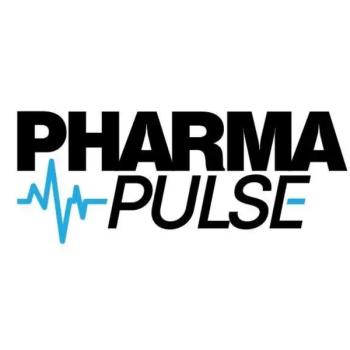
Independent physicians and their clinics remain a dominant channel for specialty distribution, says HDMA
Annual specialty-distribution study focuses trend in oncology, chronic diseases
Using both survey data from specialty distributors and some secondary data sources, the HDMA Center for Healthcare Supply Chain Research (Arlington, VA) finds that physicians’ offices and independent physician clinics are not only the largest channel for specialty product prescribing, but are increasing their share, from around 60% in 2013 (per the previous edition of the study) to 63% in 2014. Correspondingly, sales to hospitals declined from 24 to 20% and hospital-owned/operated and specialty clinics from 11 to 10%.
The general trend among healthcare providers, and thus drug prescribing, has been consolidation of hospitals and clinics into integrated networks, powered in part by physicians’ willingness to be employees of those networks rather than setting up independent practices. So, the contrary trend showing up in the HDMA data is of note, especially for therapies for oncology and for chronic conditions like rheumatoid arthritis, hemophilia, Crohn’s disease and others. Oncology alone represents 33% of specialty distribution. The growing rare-disease market is also a factor. On the payer side, HDMA notes that the consolidation among providers and cost constraints under Medicare might be a factor as well.
Other data from the report: the average specialty distributor handles orders from nearly 19,600 healthcare provider accounts, with more than 21,800 unique ship-to points (which sheds light on the prevalence of “limited distribution” arrangements in specialty); and it processes 3,400 orders daily. HDMA also notes that specialty distributors provide an array of ancillary services, including customer call centers, third-party logistics and reimbursement support—most of which come together under the “hub services” model, which is going to be the subject of a specialty report in the next issue of Pharmaceutical Commerce.
The full report, Specialty Distribution: Facts, Figures and Trends, is available at HDMA’s
Newsletter
Stay ahead in the life sciences industry with Pharmaceutical Commerce, the latest news, trends, and strategies in drug distribution, commercialization, and market access.





